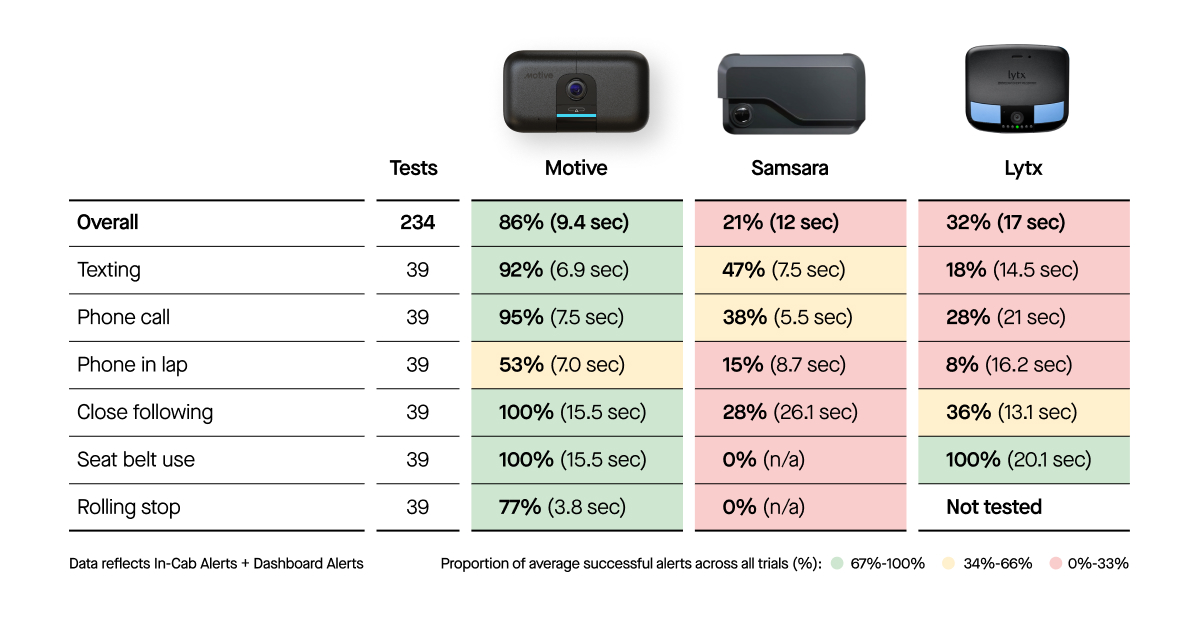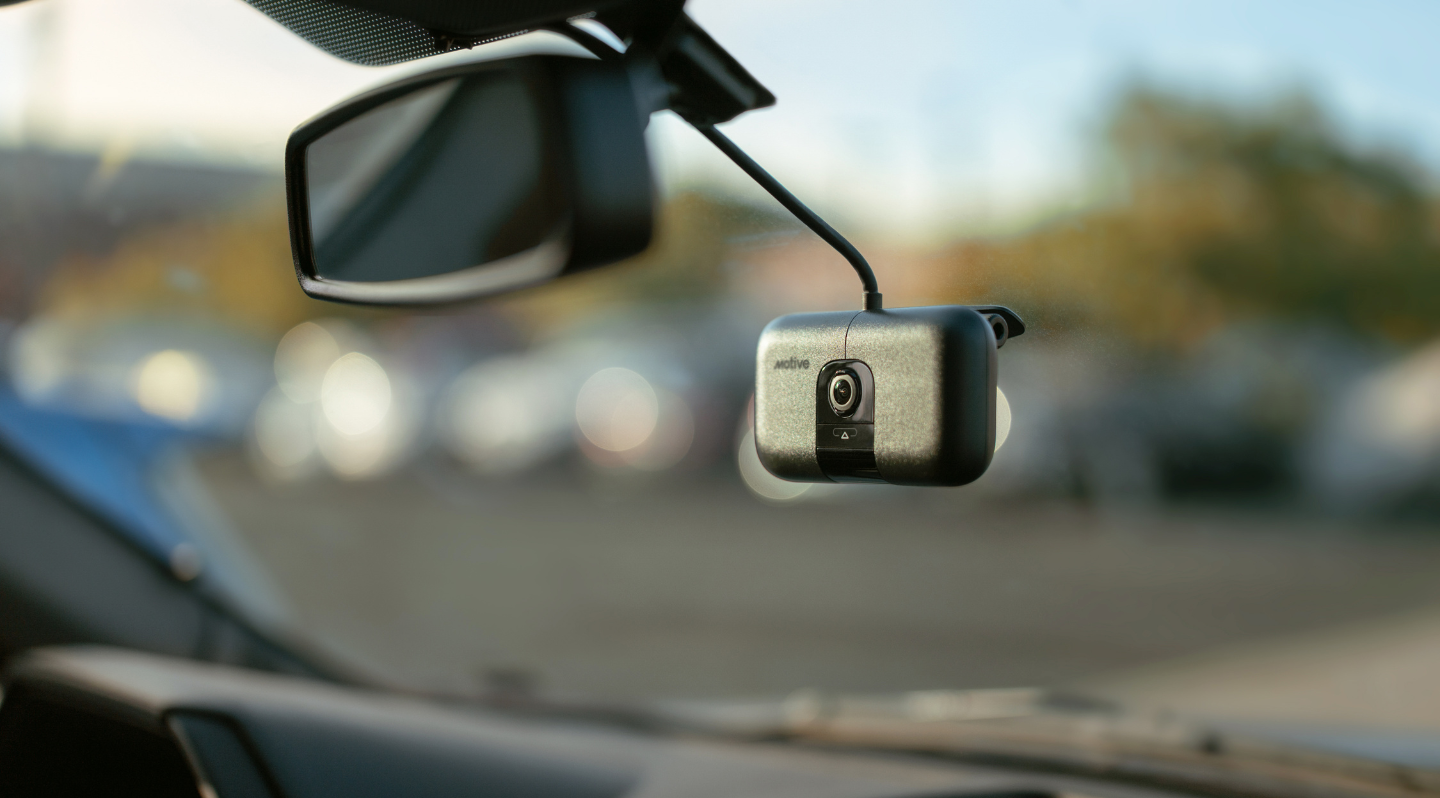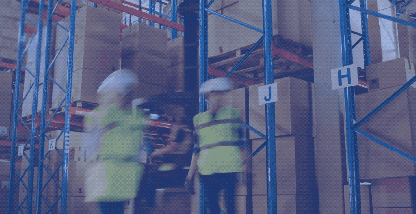By Shoaib Makani, Motive co-founder and CEO
42,915. That’s the number of people who died in vehicle-related accidents last year in the U.S. alone. Road accidents were the leading cause of death for everyone 54 and under. With so many lives lost, this epidemic of road deaths hasn’t received the attention it deserves. And sadly, the problem is getting worse, not better.
A leading cause of this tragedy is hiding in plain sight — distracted driving. And the risks aren’t limited to drivers. Last year saw more U.S. pedestrians killed than at any other time in the last 40 years.
For fleet operators, the cost of these accidents is both personal and professional. Putting vehicles on the road with so much at stake is a tremendous responsibility. Anything can happen at any time, and safety and fleet managers are under constant pressure to be prepared for it all. When a collision occurs, the cost of accidents is just beginning. There’s vehicle damage, medical bills, and potential litigation to worry about, not to mention the welfare of those involved.
The arrival of AI-based cameras is helping put an end to this epidemic of distracted driving, preventable accidents, and lives lost. Artificial intelligence gives us a chance to really impact the safety of our roadways, but to make a difference, commercial fleets need accurate and reliable AI that detects and alerts to unsafe driving behavior in real time.
Accurate AI detection is crucial – it’s the difference between preventing an accident and picking up the pieces after it happens. Using AI to detect risk in real time can fend off injury, prevent accidents, and create a more achievable path to Zero Harm. Companies and organizations like GM, Honeywell, Vision Zero Network, and the National Safety Council have started working toward the goal of Zero Harm.
Road safety is personal for me. It’s personal for each one of our customers and our employees. And it should be personal for everyone who shares our roads. That’s why, today, Motive is committing to Zero Harm and Zero Preventable Accidents on North America’s roadways.
We’ve been on this path for the last five years. In that time, we’ve helped our customers prevent accidents — by up to 65% for some. Together, imagine what we’ll be able to achieve in the next five years. To some, attaining zero preventable accidents on North America’s roads has felt like a pipe dream. Is it even possible? We think it is and it’s the right thing to do. That’s why we’re setting this goal.
Accident prevention is made possible through risk detection that is both instant and precise. Despite numerous claims from vendors about how their advanced AI capabilities ensure driver safety, the reality often reveals inaccurate or slow AI-based detection systems. While having any accident prevention technology is better than having none, not all AI-based detection tools are equally as effective.
We take the responsibility of getting it right very seriously. It’s why we asked one of the most renowned transportation voices in the country, the Virginia Tech Transportation Institute (VTTI), to complete a landmark study to measure the performance of on-road driver monitoring systems from three dash cam providers: Lytx, Samsara, and Motive. The results speak for themselves.
Through 234 tests, VTTI assessed 6 unsafe driving categories. They looked at close following, rolling stops, texting, and phone use — the actions that lead to hundreds of thousands of collisions each year. Motive successfully identified and alerted to unsafe driving behavior 86% of the time — compared to 21% for Samsara and 32% for Lytx. VTTI found that Motive was associated with statistically significant, higher likelihoods to successfully issue in-cab and dashboard alerts for phone calls, texting, close following, and rolling stops.

These differences become even more dramatic as light conditions change at different times of day, with Samsara and Lytx alert success dropping at night.
While these results are stunning, they’re not surprising. Strategy Analytics ran a similar test last year and came to similar conclusions. The report clearly showed that Motive was the most accurate AI dash cam when compared to other leading competitors in the market, Samsara, and Lytx.
But these results aren’t about our competitors. They’re about the driver who wants to make it home safely at the end of the day; the safety manager intent on keeping their communities safe and their company profitable; and the motorists, bicyclists, and pedestrians who share the road with commercial vehicles every day.
The reality is, the transport of people, products, and materials is complex for two simple reasons — mass and velocity. Tens of thousands of pounds traveling at highway speeds means the consequence of a collision is catastrophic.
The value of human life cannot be measured, of course, but the soaring cost of accidents also cannot be ignored. The average cost of a fatal collision involving a large commercial vehicle is $3.6 million. With so much at stake, we have to be committed to doing zero harm. So does every commercial fleet on the road.
The time is now to end the devastation on our roadways, and you can help. Commit to this pledge with us. Join the movement to get to Zero Harm and Zero Preventable Accidents.
Benchmarking your fleet’s safety success is easy with the right tools. If you’d like to do a test like the one VTTI conducted, get in touch. We’ll share the whole methodology with you. You’ll have a crystal clear view of the power of accurate AI vision, and understand how it can bring your fleet closer to zero harm.










